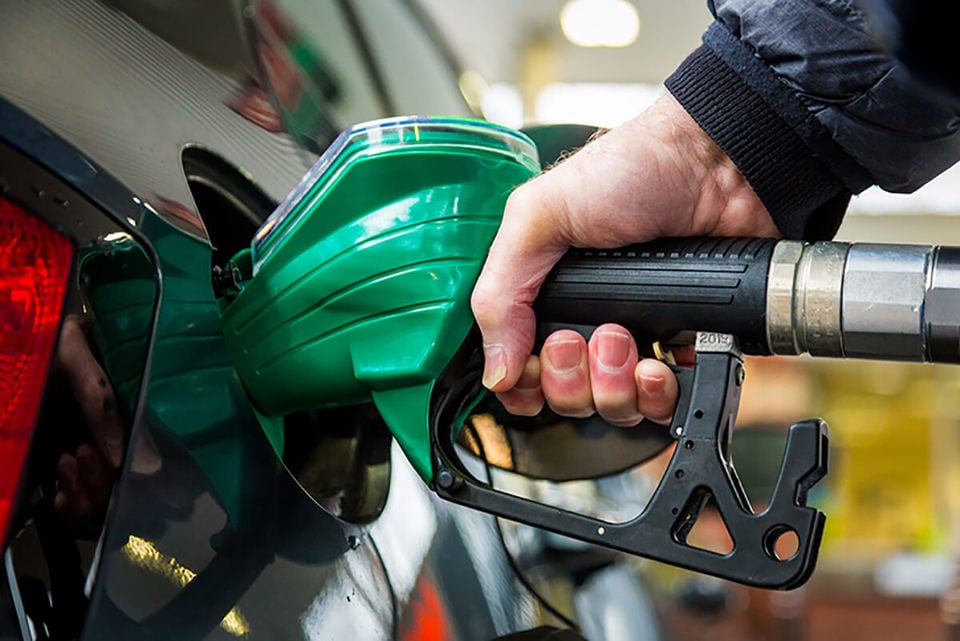The Government has published proposals to make fuel prices more transparent.
The new Pumpwatch scheme would legally require all fuel stations to share live information on their pump prices within 30 minutes of any change.
Ministers announced in July that they would change the law to force fuel retailers to provide up-to-date pump price information, following a critical report from the Competition and Markets Authority (CMA).
While it discovered no evidence of price fixing it found that the average annual supermarket fuel margins had increased significantly from 2019 to 2022, representing a 6p per litre (ppl) increase – equivalent to £900 million in extra costs in 2022.
As a result, the Government appointed the CMA as the body responsible for monitoring the road fuel market.
Launching a consultation on the proposals today (Tuesday, January 16), energy security secretary, Claire Coutinho, said: “We are forcing retailers to share live information on their prices within 30 minutes of any change in price, helping drivers to find the best deal at the pump.
“This will put motorists back in the driving seat and bring much-needed competition back to the forecourts.”
The Government expects the new, freely available pump price data to be used by tech companies to develop new ways for drivers to search for the cheapest fuel whether via an app, online mapping platforms, journey planning tools, price comparison websites or in-car devices.
A similar statewide scheme in Queensland, Australia, saw drivers save on average $93 (£48) per year.
Twelve of the biggest retailers, including all four fuel-selling supermarkets, have already signed up to an interim voluntary scheme run by the CMA to share their daily prices – with some news outlets and websites using this data to offer price comparisons.
Gordon Balmer, executive director of the Petrol Retailers Association (PRA), said: “The PRA has been actively engaged in collaborative efforts with the Department for Energy Security and Net Zero and the Competition and Markets Authority to enhance fuel price transparency.
“PRA members operate in a highly competitive market on razor-thin margins.
“The PRA will be responding to this consultation to ensure that the final fuel price transparency scheme is reliable and easy for both consumers and retailers to use.
“The PRA remains dedicated to fostering transparency and fair practices in the fuel industry, working collaboratively with relevant authorities to achieve a balanced and effective fuel price transparency initiative.”
The consultation also covers some elements of the CMA’s new role in monitoring the road fuel market.
Industry has been asked for their views on several areas, including the topics the CMA will focus on, the frequency of reporting, and support to help businesses with the CMA’s information requests.
The RAC has been calling on the Government to intervene with the average supermarket margin on a litre of fuel standing at 13p in December, more than double what it was in 2021.
RAC fuel spokesman Simon Williams said: “This is a really important day as it should pave the way for fairer fuel pricing for everyone who drives.
“Sadly, there have been far too many occasions where drivers have lost out at the pumps when wholesale prices have fallen significantly and those reductions haven’t been passed on quickly enough or fully enough by retailers.
“We badly need to see competition in the wider market match that of Northern Ireland where fuel prices are consistently 5p cheaper.”
AA president, Edmund King, also welcomed the move. He said: “The brazen price disparity of sometimes 10p a litre or more between neighbouring towns had to end.
“Pumping up profits by hanging on to the savings from lower fuel costs while consumers, businesses and inflation were denied the relief was quite simply unforgivable.
“The Government’s proposal should stimulate fairer pricing through free market competition and takes advantage of latest information technology.
“It gives leeway to fuel retailers to price according to their circumstances but, by directing motoring consumers to where they can get their fuel at a better price, keeps competitive pressure on the trade.”
Read and respond to the consultation on the open data scheme and ongoing monitoring function for road fuel prices.





















Login to comment
Comments
No comments have been made yet.